The importance of effectively illuminated signs for commercial, communicative, wayfinding and safety purposes cannot be overestimated.
The resources in this section can help educate and influence stakeholders who may not fully understand the value that properly illuminated signs bring to businesses and communities.

Image Source: Right Way Signs


EMC Brightness Level Recommendations
ISA published this research in Night-time Brightness Level Recommendations for On-Premise Electronic Message Centers, which details scientifically-researched, understandable recommendations for EMC brightness.
ISA POSITION STATEMENTS ON ILLUMINATED SIGNS
ISA believes any regulations enacted on a municipal or statewide level designed to standardize electric sign illumination must begin with an understanding that the design and construction methods used to build electric signs are not universal. Variations in sign area, cabinet depth, sign face variables, source of illumination, and use of electrical components also are based on outside considerations such as local sign ordinances, landlord restrictions, and corporate branding guidelines that may further discourage standardized sign design and construction.
ISA believes that any regulations that are enacted must be written with the specific focus on illuminated signs and not just applied from rules designed for other forms of general illumination. These regulations must have effective design-based recommendations with defensible research as its base.
On-Premise Signs are Not Standardized – The primary design consideration for on-premise signs is the size restrictions specified in the local sign regulations. Even when a business wants to install identical signage at multiple locations, each municipality is likely to prescribe differing size, height, and setback requirements. Also, unique site-specific characteristics may present visibility challenges that require additional design changes.
Illumination Sources Vary – Based on the shape and size of a sign, the source of illumination may be LED, fluorescent lamps, neon, HID lamps, etc. Depending on the characteristics of that specific light source and its power supplies, each sign may or may not be dimmable or able to adjust other characteristics of its operation.
General Illumination Standards are Inappropriate for Signs – General illumination is designed to project a light up onto another surface (roadways, façades, and parking lots). Internal sign illumination is designed and optimized to light itself from within. Many general illumination lighting standards are based on the overall lumens per site (or per square foot), adding together all light sources present. Because signs communicate and have special constitutional protections as speech, evaluating the relative priority of sign illumination versus other general illumination is a complex exercise that merits additional consideration.
Accommodating Nonconforming Signs – Any regulations must account for the existing base of on-premise signs already installed in the community. Many existing signs will remain for years after new regulations are enacted. Consideration needs to be given to the challenges of compliance with any new standards, as well as the costs associated with upgrading a sign into conformance.
Field Measurement Must Be Replicable – Traditionally, sign brightness has been regulated through “nuisance” provisions of zoning authority. Typically, the evaluation of a “nuisance” has been at the discretion of the Authority Having Jurisdiction. Under the principles of preventing “prior restraints” on speech by government, there are limits to discretion in the evaluation of signs; there must be guidance to making that determination. Therefore, it is crucial that objective performance standards are made available in order to ensure that outside individuals can verify a sign’s compliance with any local regulations.
Communities should get input from the sign industry and sign users during the development of sign lighting ordinances, general outdoor lighting ordinances, and other environmental aspects affecting illuminated signage. This is critical to develop sign lighting regulations that work and that enable sign users to effectively use their illuminated signage to identify and advertise their businesses.
ISA believes that model code language needs to recognize that the unique purpose of commercial signage is for advertising, which differentiates it among the many structures and energy uses that may be present on a property. When language addressing signage is included in model codes, the standards developing organizations should consider that signs function at times other than during hours of operation or when tenant spaces are occupied.
ISA further believes that when states or municipalities adopt a model code containing energy efficiency regulations that limits the hours of illumination, municipalities should adopt local ordinances that protect the right of businesses and institutions to operate their electric signs. These ordinances should allow for sign to operate during all reasonable times of pedestrian and vehicular travel, even if more than one hour after facility operations end or before facility operations begin.
ISA believes that luminance is a key technical consideration in optimizing the visibility, conspicuity and legibility of on-premises signs. In nighttime conditions, illuminated signs provide greater conspicuity and legibility of the message. In addition, the contrast between an illuminated sign and the night sky or a dark building façade increases contrast, which further improves visibility.
ISA further believes that illuminated signage with a high luminance contrast strongly correlates with a decrease in visual acquisition time needed to recognize and understand an on-premise sign’s message at night. Properly illuminated on-premise signs allow viewers to detect and respond without diverting attention away from the operational task of driving.
ISA also believes that sign regulations should encourage the use of illuminated on-premise signs as a means of providing an easily indexed nighttime visual environment for drivers and pedestrians.
ISA believes attempts have been made by certain jurisdictions to regulate internally illuminated signs in the same manner as exterior lighting, such as that which illuminates roads and parking lots. However, these initiatives do not take into account that illuminated signs are messaging devices and the essential use of lighting is incidental to their core function.
This important distinction entails certain unique requirements and First Amendment protections for signs.
ISA believes that internally illuminated signs have unique requirements not shared by fixtures designed for exterior lighting applications. These unique requirements include the need for conspicuity and readability, and protection of commercial and non-commercial speech. Therefore, regulatory attempts to restrict the operation or dispersion of light from internally illuminated signs defeat their core function and constitute de facto censorship of constitutionally protected speech.
ISA also believes that internally illuminated signs are very effective in promoting safer driving conditions and more successful local economies at night due to their increased conspicuity and readability when it is dark outside.
ISA supports efforts which take into account the unique function and characteristics of internally illuminated signs when drafting regulations. Sign code regulations dealing with internally illuminated signs need to support conspicuity, readability and protected First Amendment speech rights.
ISA believes that municipalities should not regulate or impose controls over the internal components of electric signs. When individual communities develop their own regulations, the result often conflicts with national or statewide controls that have emerged from years of research and an open rulemaking process inclusive of many stakeholders.
ISA further believes that knowledgeable sign electricians and electrical engineers are the individuals best qualified to design and build electric signs from components capable of meeting performance, efficiency, and safety standards. Requiring through specification that these electricians and engineers use components or designs that may differ from those widely-used and tested elsewhere could result in unintentional noncompliance with the local requirements.
ISA disagrees that nighttime illumination is necessarily harmful and should always be restricted without regard for the nature of the illumination. Lighting restrictions may seriously impact a community’s economic health when applied to signage. Forcing cities and businesses to change all lighting – including the illumination required for some types of signage– may increase costs for taxpayers and customers. Redesign, retro-fitting of sign structures or elimination of lighting fixtures, and capital expense of new products will negatively impact not only the business that must bear this burden, but it can negatively impact on the sign’s ability to communicate clearly. Signs have unique illumination properties that can not be regulated as “light sources.”
The reduction of illumination in signs often results in a lack of conspicuity and readability, which significantly limits a sign’s message and visibility to potential customers, resulting in effective censorship. Illuminated signs fall under the protections of the First Amendment and consequently can not be restricted like general outdoor nighttime lighting.
Illuminated signs also help enhance public safety at night, as people feel more secure in well-lit public areas. Illuminated signs also help increase public safety by providing effective direction to nighttime motorists in finding their destinations.
ISA supports smarter lighting strategies such as dimming capabilities in on-premise electronic message centers and technology that allows illuminated signs to use light more efficiently.
ISA believes that illuminated signs greatly assist business owners in effectively performing key marketing functions crucial to the success of their businesses. Illuminated signs enhance the store image, brand the business’ location, help communicate the business’ location, and reinforce advertising as part of integrated marketing communications. Users of illuminated signs recognize that a lit sign greatly improves nighttime visibility of the business.
ISA further believes that illuminated signs work to benefit the larger community, even among those who are not customers or patrons of that individual business. Illuminated signs, as part of an improved street lighting system, are causally linked with decreased crime and an increased sense of public safety. Illuminated signs improve visibility and increase street usage.
Illumination also improves the night-time legibility, use, and enjoyment of a site, promoting pedestrian activity by emphasizing walkways, gathering places, and building entrances.
Without a widespread understanding of the value of illuminated signs, legislators and regulatory officials could mistakenly view electric signs as an amenity that can be reduced or eliminated.
In recent years, proposals to restrict night-time illumination have emerged as a growing issue of concern.
Some municipalities and national model ordinances are including language that attempts to restrict the hours when a sign may be illuminated. These restrictions can limit a sign’s function only to the hours of operation or may require shutoff at a specific time of day. The imposition of these shutoff or lighting curfew requirements for signs adversely affects delivery of the sign’s message and, consequently, its inherent value to the user.
Unlike the lighting of building facades and landscape features (which are designed for an aesthetic function), signage is designed primarily for a commercial function and serves a significant audience that may not be accessing the facility. Requiring facilities to shut off signage at the conclusion of operations will deprive businesses and other facilities of necessary advertising to the pedestrian and motoring public.
ISA believes that illuminated signage should not be subject to imposed shutoff or lighting curfew requirements. Illuminated signs serve a different purpose than general lighting; they communicate and broadcast messages. This purpose extends beyond the operating hours of a business location or organizational facility. In restricting the use of illuminated signage, government regulations interfere with the distribution of a message and the constitutionally protected expression of free speech.








